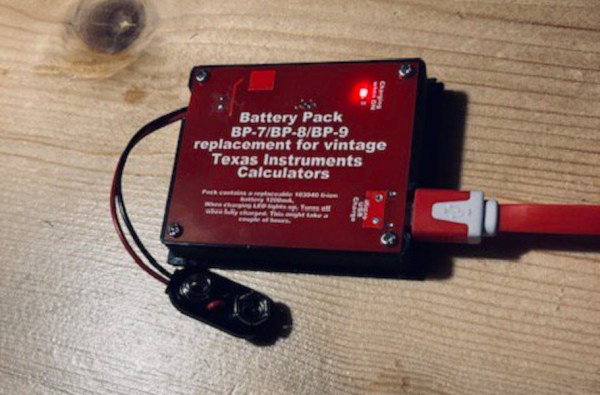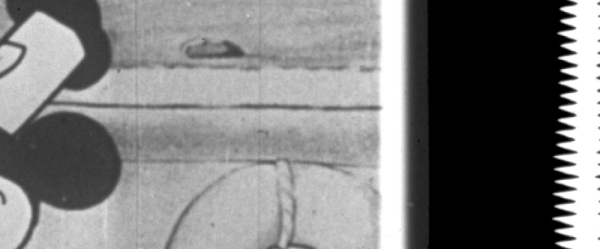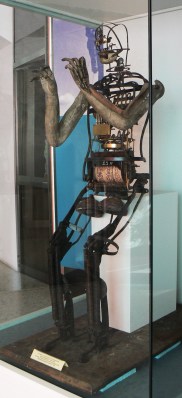For those of us who were paying a modicum of attention to the part of the news around 1999 which did not involve the imminent demise of humanity due to the Y2K issue, a certain toy called a ‘Furby’ was making the headlines. In addition to driving parents batty, it also gave everyone’s favorite US three-letter agency a scare, with it being accused of being both a spying tool and equipped with an advanced artificial intelligence chip. Courtesy of a recent Freedom of Information Act (FOIA) request we now have the low-down on what had the NSA all atwitter.
In a Twitter thread (Nitter) user [dakotathekat] announced the release, which finally answered many questions about the NSA’s on-premises ban of Furbys (or Furbees if you’re Swedish). The impression one gets is that this ‘Furby ban’ was primarily instated out of an abundance of caution, as unauthorized recording devices of any kind are strictly forbidden on NSA premises. With nobody at the NSA apparently interested in doing a teardown of a Furby to ascertain its internals, and the careful balance between allowing children’s toys on NSA grounds versus the risk of a ‘Furbygate’, a ban seemed the easy way out. Similarly, the FAA saw fit to also make people turn their Furbys off like all other electronic devices.
The original Furby toys did not have anything more complex inside of them than a 6502-derived MCU and a Ti TSP50C04 IC for speech synthesis duties, with the supposed ‘learning’ process using a hardcoded vocabulary that gradually replaced its default gibberish with English or another target language.

















